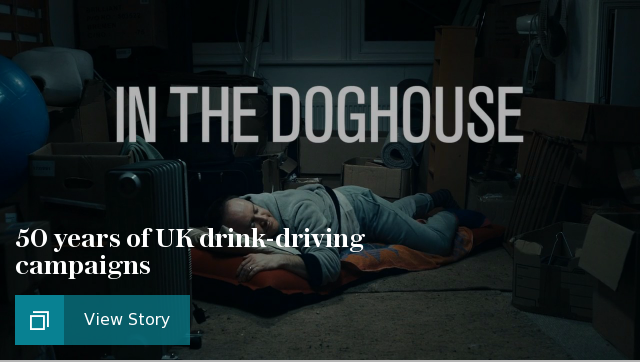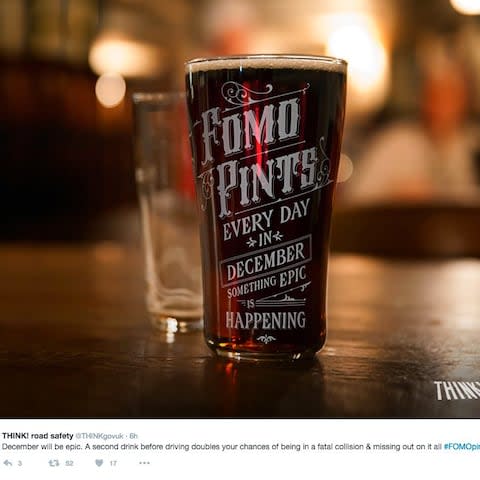Roadside breath tests at record low after 50% fall in eight years

Roadside breath testshave fallen to their lowest level on record as police forces scale back patrols that could catch drink-drivers.
The number of roadside screening breath tests fell 15% last year to 325,000, down from a peak of 670,000 in 2009, a decline of more than 50% in eight years, according to home office figures.
For the first time the number of drivers or motorcyclists breathalysed after an accident also fell below 100,000 in 2017, down 12% in a year and almost half of the level of a decade ago.
It comes as documents, released under Freedom of Information Laws, show police forces will no longer attend most road accidents unless someone is injured or there is “clear evidence” of an offence.

Katherine Severi, chief executive of the Institute of Alcohol Studies said: “Visible police enforcement of drink driving laws acts as a major deterrent to perpetrators, making our roads and communities safer.
“It is extremely concerning that enforcement levels have dropped in recent years, as police resources are increasingly stretched.
“This, combined with having the highest legal blood alcohol limit in Europe, mean that roads in England and Wales risk becoming more dangerous for drivers, passengers and pedestrians.”
The figures show the number of positive or refused breath tests fell 12% last year to 44,900, down from 74,400 in 2009. At the same time the number of traffic officers fell by a third from just over 3,700 in 2009 to 2,600 in 2017.
Drink-driving on Britain’s roads has fallen sharply since the late 1970s following public campaigns and heavier sentences with alcohol-related casualties cut from more than 30,000 in 1979 to below 9,000. In the past two years, however, numbers have increased marginally to 9,060.

“These statistics are the latest sign that the police are withdrawing from the streets and roads,” said Rupert Reid, director of research and strategy at Policy Exchange.
“After a long decline in alcohol-related road casualties, the numbers are now going in the wrong direction. Like the rise in knife crime, we’re seeing the consequences of more officers behind screens dealing with the rise of cyber crime and pursuing historical investigations. We need to ask, at a time of tight budgets, have we got the balance right?”
Jack Cousens, head of roads policy for the AA said: “As police funding has become further stretched, roads policing has come further down the pecking order than before.
“While speeding and other offences that can be captured by camera increase, serious and dangerous offences like drink driving have fallen considerably over the past five years.
“Some of the fall can be attributed to behavioural changes, the fact that there are fewer police on our roads makes some feel they are less likely to be caught.”
